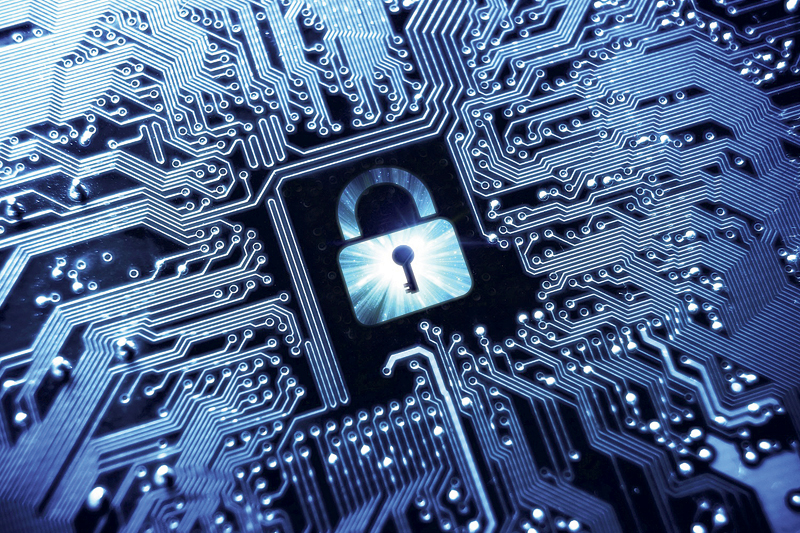
OR

The Internet has revolutionized our modern society. Big data is the word of the day. Companies have vast access to data on a variety of issues from billions of internet users.
We have all felt the impact of consumer personalized marketing, including advertisements on social media like Facebook, which generates advertisements based on our preferences of feed and our likes and reactions to news posts.
Various crawler and bots, which are automated, crawl through our web system and generate a large amount of information, often without our consent, which are used to profile for advertisements. Unfortunately, the ubiquity of the Internet has also led to its abuse and the rise of sophisticated cybercrimes.
Online advertising is maturing with billions of dollars at stake, which opens up opportunities for adversaries to leverage the system to the detriment of consumers. Malicious advertisers are constantly devising new strategies to exploit vulnerabilities using our personalized data. With the recent developments in junk email detection, spam senders changed their targeted communication medium.
Social networks and social media websites and recommendation services such as Facebook, Google+, MySpace, Twitter, YouTube, Flickr, SoundCloud, TripAdvisor, Amazon, and so forth are the major target for spammers.
So, what can we do? Prudent Administration can thwart many of these attacks, but online advertisement system and social media data are far too large to monitor manually. So we can use the same data to create a system using machine learning and secure learning to create a robust system. Some examples are using the data to feed a learning system to train and retrain a system and these systems are continually evolving in the defense line to be more efficient and effective.
Also to detect image based spam, computer techniques using image processing can be developed to detect image based spam, natural language processing techniques can be used to detect fraudulent writing to detect plagiarism detection and authorization identification.
With use of personalized data, there is also increase in fraudulent activities and targeted cyber attacks which can be detected and decimated using the same personalized data to develop a secure system, using machine learning and secure learning, which evolves with time to create a robust and automated
system.
The writer is a software engineer at Zyoba Labs Pvt. Ltd., Kathmandu
You May Like This

Int'l cyber security conference on July 27-28
KATHMANDU, July 10: An International Cyber Security Conference is being organized by Information Security Response Team Nepal (NPCERT) in Kathmandu... Read More...

Security chiefs assure foolproof security
KATHMANDU, Nov 13: Chiefs of security agencies and secretaries at the ministries dealing with election security have committed to the Election... Read More...

Four security chiefs brief PM Dahal about latest security situation
KATHMANDU, April 18: Prime Minister Puspa Kamal Dahal on Tuesday has held a meeting in Baluwatar , Kathmandu with chiefs... Read More...






Just In
- Lungeli appointed as Minister for Labor and Transport in Madhesh province govt
- Bus knocks down a pilgrim to death in Chitwan
- One killed in tractor-hit
- Karnali Chief Minister Kandel to seek vote of confidence today
- Chain for Change organizes ‘Project Wings to Dreams’ orientation event for inclusive education
- Gold price decreases by Rs 200 per tola today
- National Development Council meeting underway
- Meeting of Industry, Commerce, Labor and Consumer Welfare Committee being held today













Leave A Comment